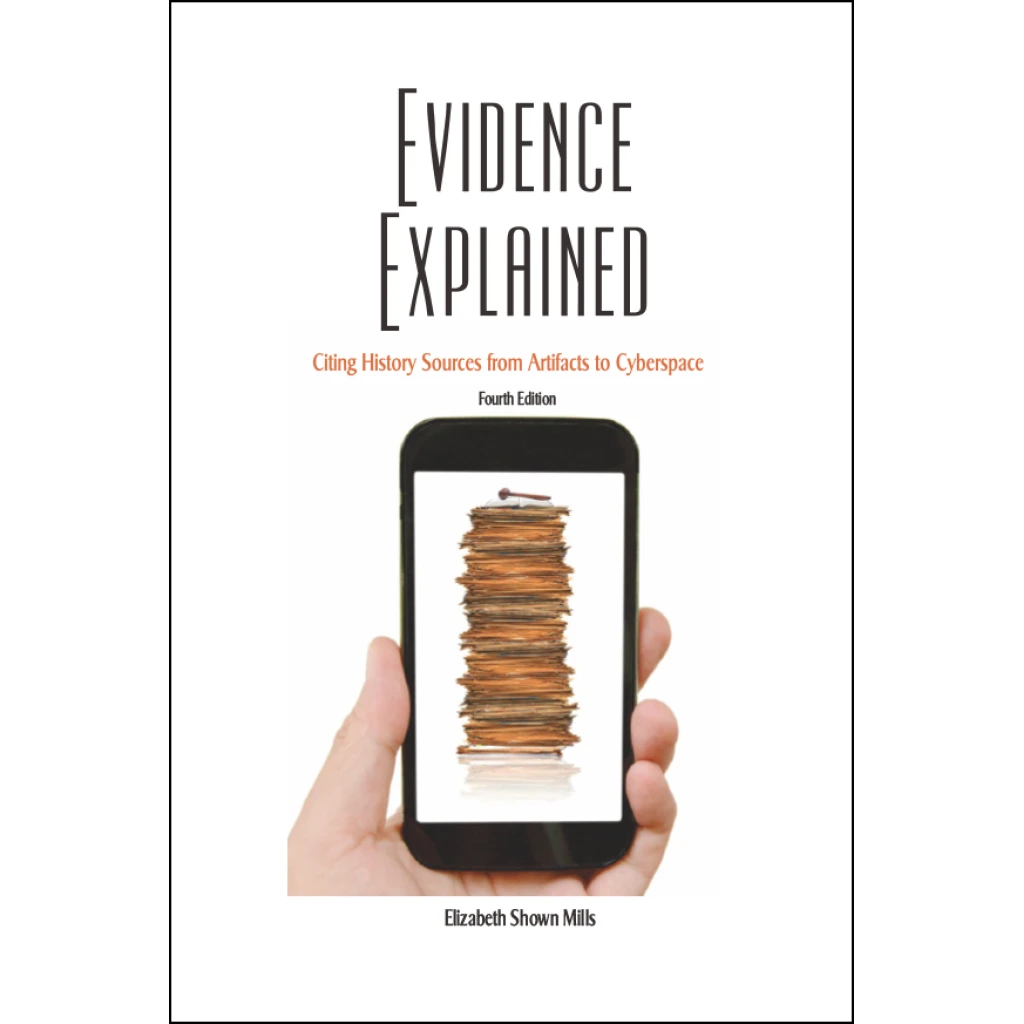Despite Sigmund Lichtenthal's stubborn, misguided belief that "nothing really bad will happen," he and his family suffered greatly during the Holocaust years. Now Sigmund's great-granddaughter Deborah S. Holman has written a powerful book of fictionalized family history, based on genealogical records, ancestral letters, oral history, and a deep sense of how generational trauma reverberated throughout her family tree.
Nothing Really Bad Will Happen is
available in print or ebook format on Amazon.
A lovely family tree at the start of the book helps readers follow the names and relationships as people weave in and out of the narrative. Each chapter is titled with a place and date, a good way to orient readers as the years go by and family members move around. Don't miss the "afterward" section where Deb describes who and what motivated her to tell this story and what happened to various relatives mentioned in the book.
Focus on the patriarch, Sigmund
The story begins with the author's great-grandfather Sigmund, a highly ambitious man with enormous pride in the prosperous hat company he built from scratch in Vienna over the course of decades. These early chapters reveal the man's incredible drive to be successful and how that affected everyone around him, both positively and negatively.
By the early 1930s, his son Paul had married Rose and welcomed Sigmund's grandchild, Doris (the author's mother). As Hitler rose to power in Germany, Paul and Rose were thinking seriously about leaving Austria to settle in America. Sigmund, the patriarch of the family, didn't see immediate danger and wasn't at all ready to leave what he had worked so hard to achieve.
Loss and legacy
The Nazi takeover of Austria in 1938 changed everything for the family, personally and professionally. Sigmund lost control of his company as Nazi officials forced Jewish people to transfer assets to non-Jews. Outraged, Sigmund embarked on many years of frustrating attempts to recover his business and possessions. This never-ending quest would have a major impact on the rest of his life and that of his entire family.
Meanwhile, Sigmund's son Paul was imprisoned in Dachau and then sent to Buchenwald, even as Paul's wife and daughter managed to get out and begin a new life in New Rochelle, New York. Paul was eventually released and reunited with his family in America, although he never fully recovered his health. Sigmund himself woke up to the urgency of getting out of Austria before it was too late. He arrived in New York with his wife in early 1941, only to discover that the Nazis had seized the precious possessions he tried to ship to America, another terrible loss.
A new resilience
Instead of ending with the safe arrival of her immigrant ancestors, Deb devotes the second half of her book to the family's struggles and resiliency during the 1940s, into the 1950s, and beyond. With honesty, sensitivity, and insight, she shows how events from the Holocaust era and even earlier shaped the later decisions and actions of her grandparents and parents.
Not surprisingly, the hardship of starting over in America only made Sigmund more determined to reclaim what he had lost--a fight for justice that was carried on after his death by his descendants and their descendants, and ultimately by the author.
Highly recommended!
In Nothing Really Bad Will Happen, my friend Deb has transformed a sprawling trove of documentation and family lore into a cohesive, compelling story that will resonate with the wider world. She has a talent for capturing emotions, portraying inner motivations, setting a scene, and putting a human face on historical events that destroyed lives and ripped families apart.
As she developed the narrative, Deb told some of this story in progress on her genealogy blog. More recently, she created a companion website to showcase the sources, photos, and bibliography she used as she wrote the story. I followed her progress from draft to draft and now to the finished book, which I really recommend.









.jpg)





































